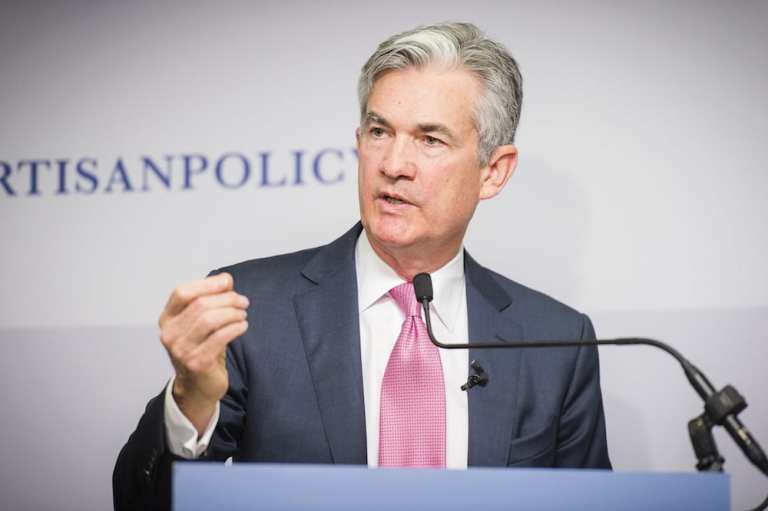Powell: US Faces Long-Term Damage As Downturn Persists

Federal Reserve Chair Jerome Powell said Tuesday (June 16) that the economy under the pandemic has continued to cause pain to American citizens despite the appearance of stabilization.
Powell, speaking before the Committee on Banking, Housing and Urban Affairs with his semiannual report on monetary policy, said the appearance of stability is coming from the reopenings of many parts of American life and increased mobility, which has spurred more spending. Stimulus checks and higher unemployment benefits have also buoyed many residents and kept the economy from sinking even further than it could have.
However, Powell said he didn’t want there to be any confusion as the levels of output and double-digit unemployment rates mean the country still has a long way to go to reach full recovery.
He said that the longer the downturn continues, the more risk there is of permanent damage from long-term unemployment and business closures. Long periods of unemployment, he said, could hurt peoples’ skills sets and prospects for future jobs. And the risks exist for small businesses, too, which could run out of money due to a lack of consumer spending as the fear of the virus persists.
“If a small- or medium-sized business becomes insolvent because the economy recovers too slowly, we lose more than just that business,” Powell said. “These businesses are the heart of our economy and often embody the work of generations.”
The threat of the virus itself is still a major unknown factor, too, he said, as many people will remain cautious about going out until they think the virus is contained.
Powell also highlighted the inequality in the effects of the pandemic, which has hit lower-income and minority communities the hardest of anyone, and the gaps could widen further if not addressed.
Powell said the Fed has responded by implementing a number of credit and lending programs since the pandemic started which have had the effect of helping mitigate the damage.